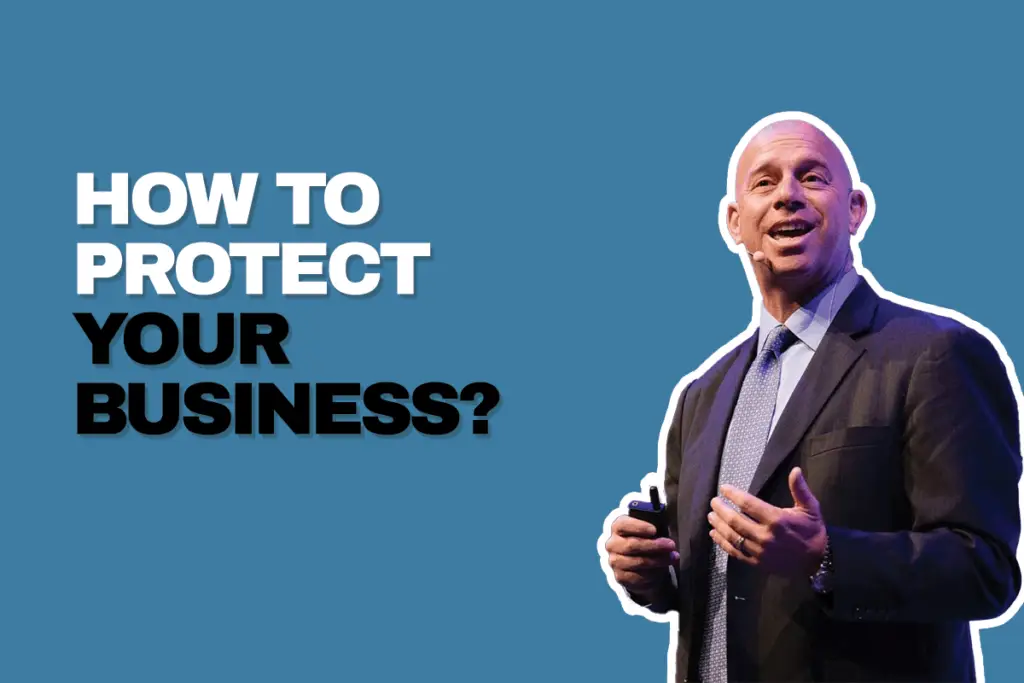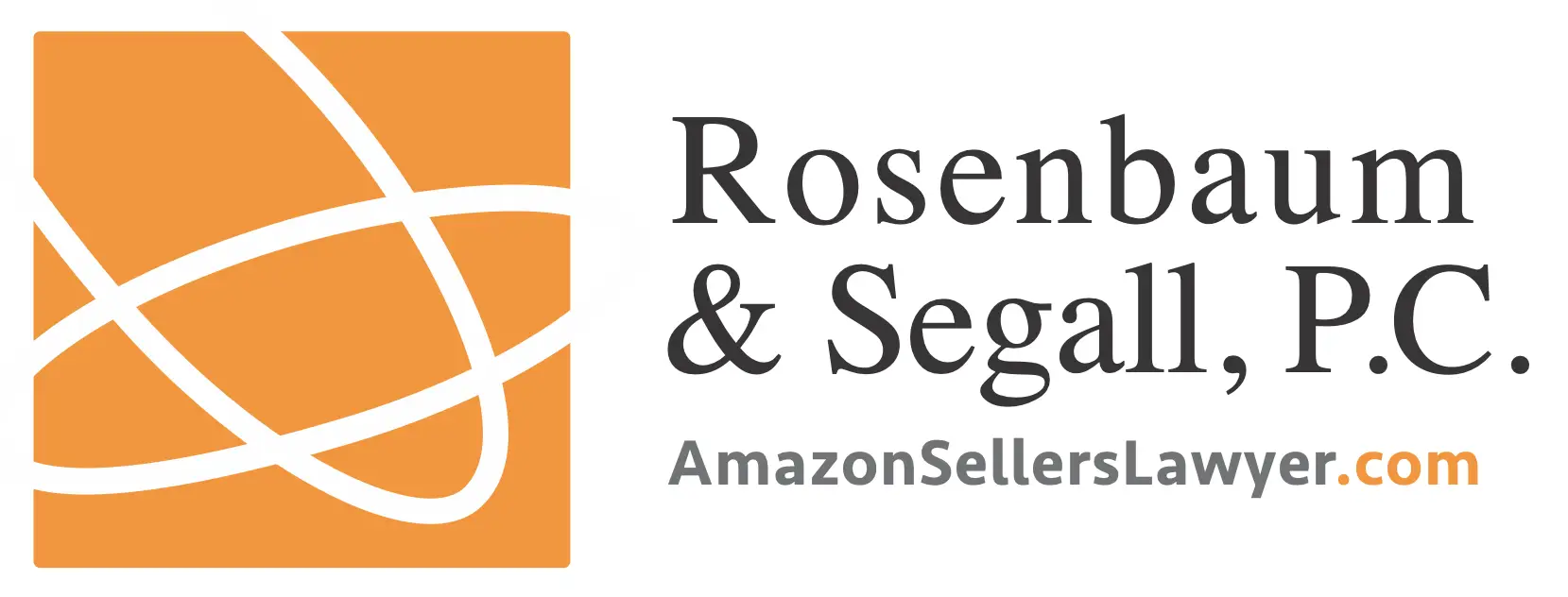Brand Protection for Amazon Sellers: How to Protect Your Business

Selling on Amazon offers immense opportunities, but with success comes challenges. Counterfeiters, hijackers, and unauthorized resellers often seek to capitalize on established brands. Therefore, brand protection for Amazon sellers is not just advisable—it’s essential.
In this guide, we’ll explore the importance of brand protection, identify common threats, and provide actionable steps to help you secure your business. Whether you’re launching a new product line or managing a well-established brand, these strategies will assist you in maintaining control over your listings, revenue, and reputation.
Please note: We do not offer free consultations.
Why Brand Protection Is Crucial for Amazon Sellers
Building a brand on Amazon requires significant investment. Without adequate protection, others can exploit your hard work by hijacking listings, undercutting prices, or selling counterfeit versions of your products. Here’s why safeguarding your brand is vital:
1. Protecting Your Revenue
Unauthorized sellers can capture the Buy Box, leading to decreased sales. They may offer inferior products or engage in price wars, both of which can erode your profit margins.
2. Preserving Your Reputation
When customers receive counterfeit or subpar products, they often attribute the negative experience to your brand. This can result in unfavorable reviews and long-term damage to your brand’s image.
3. Maintaining Customer Trust
Consistency is key to customer loyalty. Ensuring that buyers receive authentic products reinforces their trust in your brand, leading to repeat business and positive word-of-mouth.
Common Threats to Your Brand on Amazon
Amazon sellers face various challenges that can compromise their brand integrity. Understanding these threats is the first step toward effective protection:
Trademark Infringement
This occurs when another seller uses your brand name or logo without authorization, often to mislead customers or benefit from your brand’s established reputation.
Counterfeit Products
The sale of fake products under your brand name can lead to customer dissatisfaction, increased returns, and potential safety concerns.
Unauthorized Resellers
Individuals or entities selling your products without permission can disrupt your pricing strategy, violate Minimum Advertised Price (MAP) policies, and diminish the perceived value of your brand.
Listing Hijackers
Hijackers may alter your product listings or sell unrelated items under your ASIN, leading to customer confusion and potential policy violations.
Steps to Protect Your Brand on Amazon
Implementing a comprehensive brand protection strategy involves several key actions:
Step 1: Register Your Trademark
A registered trademark provides legal grounds to enforce your brand rights.
Apply through the U.S. Patent and Trademark Office (USPTO): Secure your brand name and logo.
Consistent Branding: Use your trademark consistently across all platforms and packaging.
Step 2: Enroll in Amazon Brand Registry
With a registered trademark, you can access Amazon’s Brand Registry, which offers tools to protect and enhance your brand presence.
Enhanced Content: Utilize A+ Content to improve product listings.
Reporting Tools: Access features to identify and report potential infringements.
For more information on leveraging Amazon Brand Registry, visit BrandEnforcementLaw.com.
Step 3: Implement Amazon Transparency
Amazon Transparency assigns unique codes to your products, allowing verification of authenticity.
Prevent Counterfeits: Ensure only genuine products reach customers.
Customer Assurance: Buyers can verify product authenticity through the Amazon app.
Step 4: Enforce Your Rights
Active enforcement is crucial to maintaining brand integrity.
Cease and Desist Letters: Notify infringers of violations and demand corrective action.
Report Violations: Use Amazon’s tools to report counterfeit or unauthorized listings.
Legal Action: Pursue litigation against persistent or egregious offenders.
Responding to Infringements
When unauthorized activity is detected, prompt and strategic responses are essential:
Monitor Your Listings
Regularly review your product listings for unauthorized changes or new sellers.
Utilize Monitoring Tools: Software solutions can alert you to potential infringements.
Set Alerts: Receive notifications for listing alterations or new seller activity.
Issue Cease and Desist Letters
A formal letter can deter many infringers by asserting your legal rights and outlining potential consequences.
Professional Communication: Clearly state the infringement and required actions.
Legal Support: Engaging legal professionals can enhance the effectiveness of these communications.
Report to Amazon
If direct communication fails, escalate the issue through Amazon’s reporting mechanisms.
Provide Evidence: Submit detailed information, including trademark details and documentation of the infringement.
Follow Up: Maintain communication with Amazon to ensure timely resolution.
Pursue Legal Action
For persistent violations, legal proceedings may be necessary to protect your brand and seek damages.
Consult Legal Counsel: Obtain advice on the viability and process of litigation.
Document Everything: Maintain comprehensive records of infringements and communications.
Preventative Measures for Brand Protection
Proactively safeguarding your brand can mitigate potential threats:
Establish Monitoring Systems
Implement tools and processes to detect unauthorized activity promptly.
Regular Audits: Schedule periodic reviews of your listings and seller activity.
Automated Alerts: Use software to monitor and notify you of changes or potential infringements.
Control Distribution Channels
Limiting the avenues through which your products are sold can reduce unauthorized reselling.
Authorized Reseller Agreements: Clearly define terms and conditions for authorized sellers.
Track Inventory: Use serial numbers or other tracking methods to trace products.
Educate Your Team
Ensure that your staff understands the importance of brand protection and their role in maintaining it.
Training Programs: Provide regular training on brand policies and enforcement procedures.
Clear Guidelines: Establish and communicate protocols for identifying and addressing infringements.
Collaborate with Legal Professionals
Engaging with legal experts can strengthen your brand protection efforts.
Legal Guidance: Receive advice tailored to your specific situation and industry.
Enforcement Support: Utilize legal services to draft communications and pursue action against infringers.
When to Seek Legal Assistance
While Amazon provides tools for brand protection, certain situations warrant professional legal intervention:
Persistent Infringements: Repeated violations despite prior enforcement efforts.
Complex Cases: Infringements involving multiple parties or international elements.
Significant Impact: Cases where infringements result in substantial financial loss or reputational damage.
Please note: We do not offer free consultations. If you require legal assistance to protect your brand on Amazon, contact AmazonSellersLawyer.com.
Conclusion
Protecting your brand on Amazon is a continuous process that requires vigilance, proactive measures, and, when necessary, decisive action. By understanding the threats, implementing protective strategies, and seeking professional assistance when needed, you can maintain the integrity and success of your brand in the competitive Amazon marketplace.
For additional resources and support in enforcing your brand rights, visit BrandEnforcementLaw.com.
